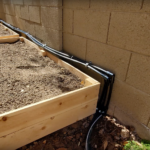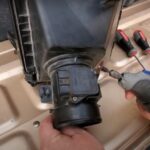Installing soft-close cabinet door hinges can vary slightly depending on the specific type of hinge you have, but we’ll provide you with a step-by-step guide of how we did it using Blumotion soft close dampers along with how much we saved by doing it ourselves.
Money Saved:
When we purchased the Blumotion soft close door dampeners we paid about X. At the time to buy a high quality brand of soft closed hinges it would cost X per door. Using the Blumotion soft close cabinet door product resulted in a savings of X dollars per door. We ended up installing X doors for a total savings of X. We also saved probably 10-15 minutes on the install for each door!
Here’s how to install soft-close cabinet door hinges:
Tools and Materials You’ll Need:
- Blumotion soft-close cabinet door kits (with screws)
- Screwdriver (one that does Phillips-head and the other one)
- Measuring tape
- Pencil or marker
- Drill and appropriate drill bits
- Level
Installation Steps:
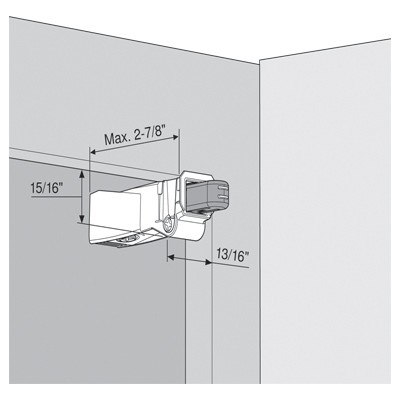
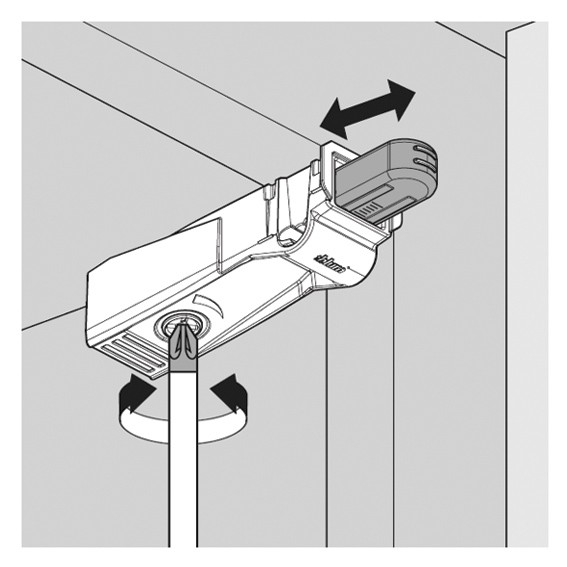

- Position the New Hinge: Hold the soft-close hinge against the cabinet door in the desired position. Generally, the Blum dampener will be placed in the top (optimal) or bottom of the cabinet hoursing.
- Decide if Extension Piece is Needed: Depending on the construction of your cabinets the door may come in contact very quickly with the dampener and make it hard for the door to close. In this case the extension piece is needed (see image on right above). You can also watch the video at around the 2 minute mark to see more about this.
- Pre-Drill Holes (if needed): Depending on the material of your cabinet door (especially if it’s a hardwood), you may need to pre-drill pilot holes to make screw installation easier and prevent the wood from splitting. To mark the place for the drilling I placed the dampener in position then tightened the screw until it hit the wood. Then I removed the product and screw and visually identified the mark in the wood. This would be the spot I was going to drill.
- Attach Hinge to the Cabinet Door: Hold the Blum dampener in place . Insert the screw through the holes and start tightening into the pre-drilled hole. Tighten the screws, but carefully to make sure you don’t damage anything.
- Test the Soft-Close Mechanism: Gently open and close the cabinet door to test the soft-close mechanism. It should slow down and gently close the door without any slamming.
- Adjustments (if needed): If the door isn’t closing smoothly or aligning properly, you can make small adjustments by loosening the adjustment screw slightly shifting the stiffness of the dampener. Once the adjustments are made, retest.
- Final Check: Once you’re satisfied with the operation of the cabinet door, pat yourself on the back (if you’re flexible enough to do so).
Remember, the specific instructions may vary depending on the model and brand of soft-close products you’re using, so always refer to the manufacturer’s guidelines when available.
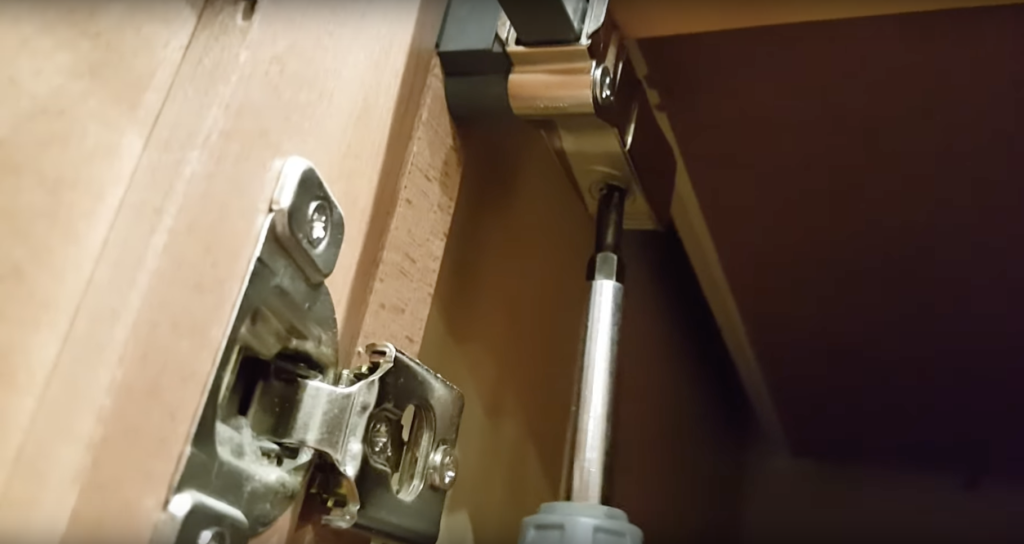
Blum 971A9700 971A BLUMOTION for Face Frame Cabinet

